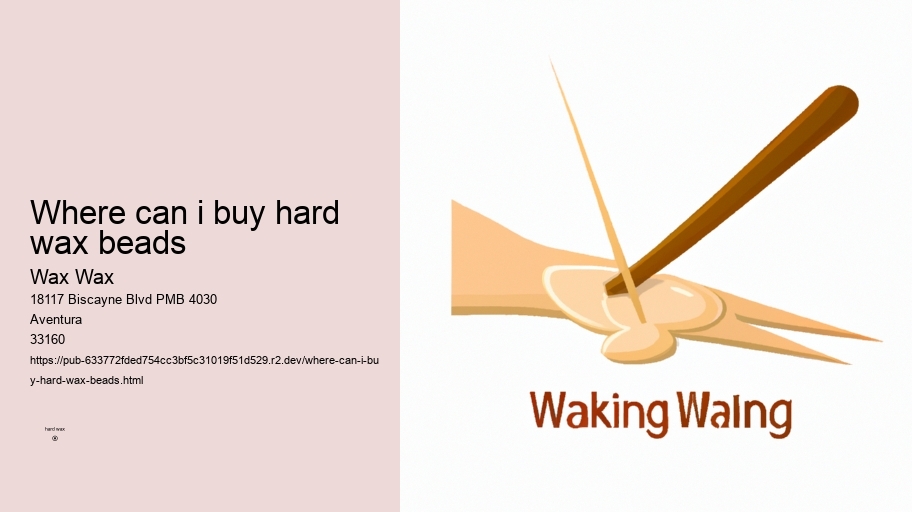

Cost-effective option
Professional Waxing: Going to a licensed esthetician reduces the risk of injuries or burns since they have proper training and experience in handling hot wax safely.
This article is about the process of hair removal. For the increase in the Moon's apparent shape, see Waxing and waning . For the covering of fruits in wax, see Fruit waxing .
waxing beads nearby Get the best hard wax products from Wax Wax.The Difference Between Hard and Soft Waxes
Overwaxing can cause skin irritation: Waxing repeatedly over the same spot can irritate the skin, leading to redness, inflammation, and even burns. (Incorrect technique)
3. Is a bikini wax painful?
Do exfoliate before waxing to remove dead skin cells
On the other hand, oily skin requires a different approach when selecting the right type of wax. Look for a wax formula that is oil-free and lightweight to avoid clogging pores and causing breakouts. A clay-based wax can be a good option for oily skin as it helps absorb excess oil while effectively removing hair from the root. Remember that choosing the appropriate wax for your skin type is crucial in achieving smooth and flawless results!
The modern practice of waxing has evolved over time, with different techniques and types of wax available. Strip waxing, which uses a thin layer of wax applied to the skin and removed with a cloth or paper strip, is one common method. Another method is stripless waxing, where hard or film wax is applied directly to the skin and removed without the use of strips.
It is recommended for your hair to be at least 1/4 inch long before getting waxed.
Male chest before and after waxing.
2. What are the potential risks of DIY waxing at home?
[ edit ]
Waxing is the process of hair removal from the root by using a covering of a sticky substance, such as wax, to adhere to body hair, and then removing this covering and pulling out the hair from the follicle. New hair will not grow back in the previously waxed area for four to six weeks, although some people will start to see regrowth in only a week due to some of their hair being on a different human hair growth cycle. Almost any area of the body can be waxed, including eyebrows , face, pubic hair (called bikini waxing or intimate waxing), legs, arms, back, abdomen, chest, knuckles, and feet. There are many types of waxing suitable for removing unwanted hair.
Historical facts about waxing

Despite its benefits, waxing also has drawbacks such as ingrown hairs and minor bleeding. Additionally, individuals with certain medical conditions or taking specific medications may be at higher risk for skin irritation or complications during waxing.
Sun exposure can increase the risk of hyperpigmentation or dark spots forming on the freshly waxed skin, as well as causing irritation and potentially delaying the healing process.
Reduced hair regrowth
In effect this means that by incorporating exfoliation into your post-waxing routine, you can maintain clear, radiant skin!
Waxing is the process of hair removal from the root by using a covering of a sticky substance, such as wax, to adhere to body hair, and then removing this covering and pulling out the hair from the follicle. New hair will not grow back in the previously waxed area for four to six weeks, although some people will start to see regrowth in only a week due to some of their hair being on a different human hair growth cycle. Almost any area of the body can be waxed, including eyebrows, face, pubic hair (called bikini waxing or intimate waxing), legs, arms, back, abdomen, chest, knuckles, and feet. There are many types of waxing suitable for removing unwanted hair.
Final Thoughts